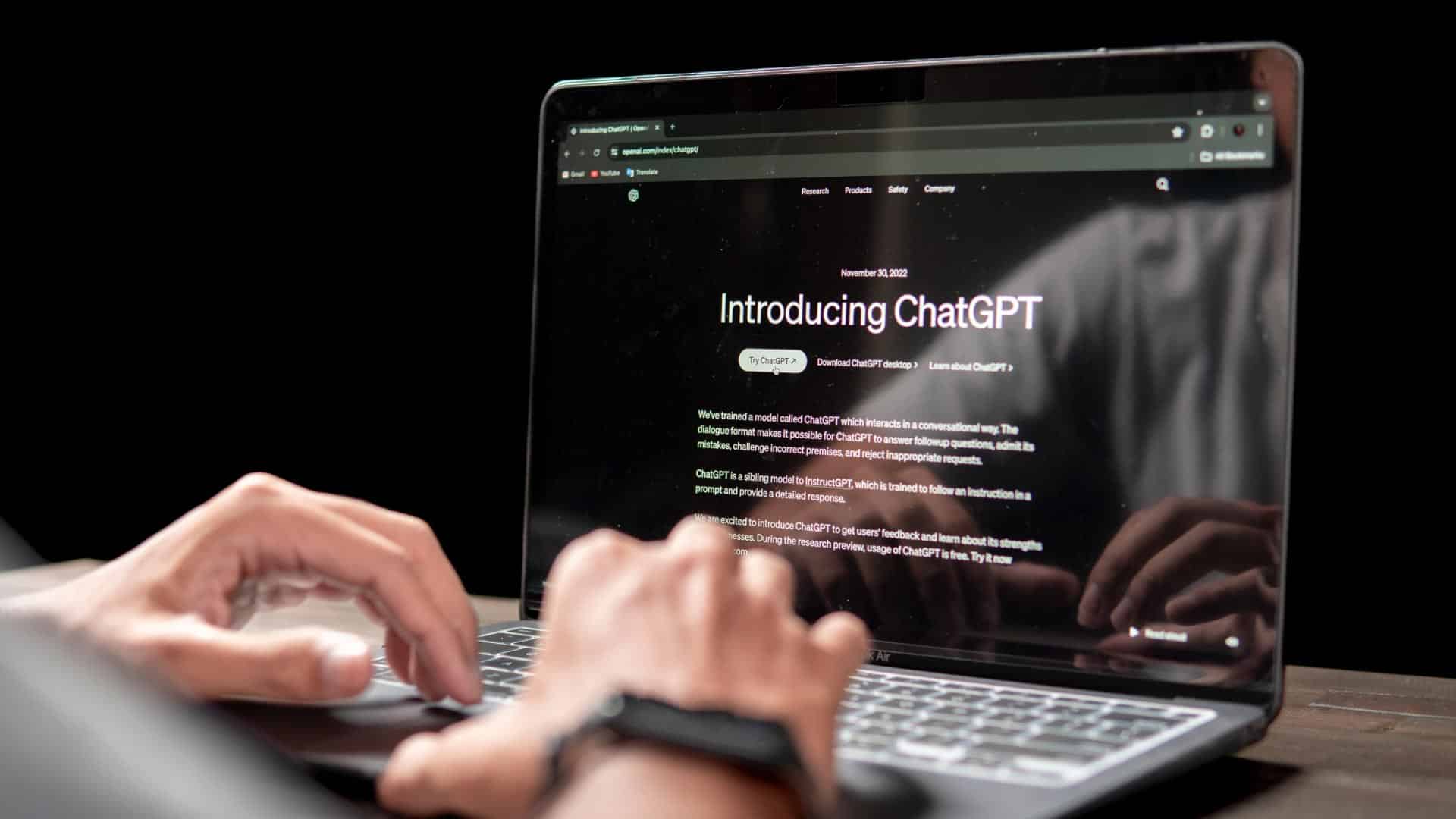In February of this year, OpenAI cofounder and former Tesla Director of AI Andrej Karpathy made a pronouncement about the future of AI-enabled coding. He gave it an evocative term: “vibe coding.” “You fully give into the vibes, embrace exponentials, and forget that the code exists,” he wrote on X. “I just see stuff, say stuff, run stuff, and copy-paste stuff, and mostly it works.”
On the surface, this sounds close to one of AI’s most heavily touted use cases: writing code very quickly, and enabling non-technical people to build software. And among experienced developers, AI tools are reshaping coding workflow and software testing. But the AI isn’t good enough yet to allow a person to actually “feel” a software product into existence. Comparably to how gen AI needs some finessing to create digestible written content and images, vibe coding needs specific prompts. If you want the software to have a particular “feel,” you have to explain it to the AI in clear language – and also explain the desired outcome, the end user’s needs, which sources to pull from and which to avoid, and so on.
Just as ChatGPT doesn’t understand ethics or critical thinking, AI coding tools don’t necessarily understand all rules and product requirements that go into creating software that does what it’s supposed to. The AI may write code that leaves the software vulnerable to malware attacks or data security breaches. It can also overlook key considerations around governance, privacy, accessibility, regional/government regulations and more. Someone still needs to know the project and industry well enough to understand what could go wrong in the code, and to understand the code well enough to fix errors.
Mod Op’s innovation team is diving into vibe coding, using programs like Cursor and Claude Code. “The vast majority of the lines of code coming out of our team are co-written with AI,” says Aaron Grando, Technology Director at Mod Op. “In some cases, tasks that used to take me a week to code now take about a day.”
Note that verb, though: “co-written.” Vibe coding, for an experienced developer, can accelerate the engineering side of projects – but success depends on the developer’s expertise. Aaron sees AI as a good way to do regression testing – making sure nothing broke after making a code change – to quickly debug errors and reduce QA overhead. Vibe coding can help write tests to verify whether the software works properly, but an experienced developer brings in their knowledge of the conditions and edge cases that need to be tested.
For developers, AI can help understand not only whether things work, but how and why. The efficiency gained through effective use of AI also positions developers to grow in their roles, in multiple directions. Now there are more opportunities for developers to explore how to apply their skills to specific areas of the overall business. “I now call myself a product specialist, and see my work through that lens, but I’m still doing engineering work every day,” says Aaron. A potential outcome of vibe coding is that coding will no longer be primarily the domain of developers – and it could also cease being the defining factor of a developer’s role. On the one hand, Aaron says, “There are going to be more coders, but fewer developers.” On the other hand, “I think it puts developers closer to business value than just being the developer that knows how to code.”
For the beginner coming to vibe coding from a non-technical direction, it’s wise to start small. As far as we can tell, no one is using vibe coding to build a copy of any enterprise software they use at work. A beginning vibe coder should start with a very specific app or software concept. This makes reviewing the code and testing the software easier. It’ll also give you an idea of just how specific your prompts need to be in order to produce even a simple app. For the experienced professional, vibe coding creates opportunities for users to build and test prototypes quickly, and for building highly specific niche applications for their businesses.
Will the term “vibe coding” stick in the long run? That remains to be seen. But Mod Op believes the process we’re calling vibe coding today will gain steam and inspire real change in how businesses turn ideas into tools, and in who gets to be part of that process.
The Latest
We study the game as hard as we play it.
Learn with us what’s now and next.




